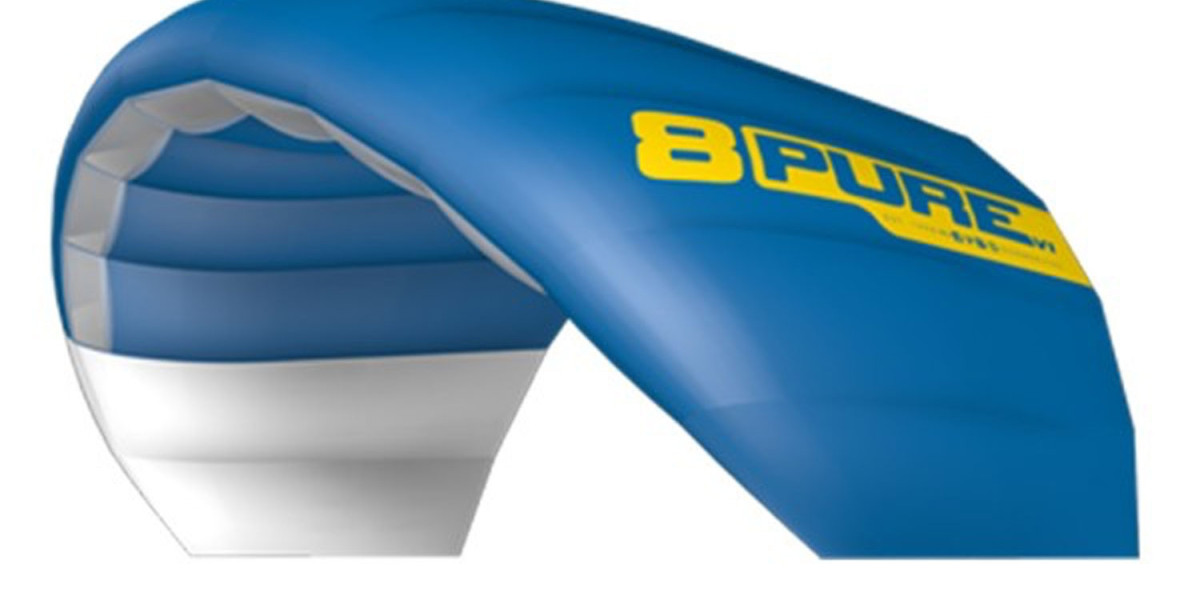As winter blankets the landscape with a shimmering coat of snow, outdoor enthusiasts eagerly anticipate the arrival of snow kiteboarding season. Combining the exhilaration of kiteboarding with the serene beauty of snow-covered terrain, snow kiteboarding offers an unparalleled winter adventure that captivates thrill-seekers and nature lovers alike. We'll delve into the world of snow kiteboarding with Kite-line, exploring the essential equipment, techniques, and safety considerations for embarking on this ultimate winter adventure.
Understanding Snow Kiteboarding: A Fusion of Skill and Serenity
Snow kiteboarding, also known as snow kiting, is a winter sport that harnesses the power of the wind to propel riders across snow-covered landscapes. Similar to traditional kiteboarding on water, snow kiteboarding involves flying a large kite attached to a harness, which generates lift and allows riders to glide effortlessly across the snow. With the right equipment and technique, snow kiteboarding offers a thrilling and immersive outdoor experience that is truly one-of-a-kind.
Essential Equipment for Snow Kiteboarding Adventures
Before hitting the slopes for a snow kiteboarding session, it's essential to ensure you have the right equipment to stay safe and maximize your enjoyment. Here's a breakdown of the essential snow kiting equipment you'll need:
1. Snow Kiting Kites: The cornerstone of any snow kiteboarding setup, snow kiting kites come in various sizes and designs to suit different wind conditions and riding styles. Larger kites provide more power and lift, making them ideal for light wind days and beginners, while smaller kites offer greater maneuverability and control for experienced riders and higher wind speeds.
2. Snow Kiting Boards: Snow kiteboarding boards, also known as snowboards or skis, provide the platform for riders to glide across the snow. Specialized snow kiteboarding boards feature durable construction, reinforced edges, and bindings designed to withstand the rigors of snow kiteboarding and provide optimal control and stability.
3. Safety Gear: Safety should always be a top priority when snow kiteboarding. Essential safety gear includes a helmet to protect your head from falls and collisions, as well as goggles to shield your eyes from wind, snow, and glare. Additionally, it's crucial to wear appropriate clothing for winter conditions, including insulated layers, waterproof outerwear, and sturdy boots to keep you warm and dry during your snow kiteboarding adventures.
Mastering the Art of Snow Kiteboarding: Techniques and Tips
Snow kiteboarding may seem intimidating at first, but with practice and perseverance, riders can quickly master the fundamentals and unlock the full potential of this exhilarating winter sport. Here are some essential techniques and tips to help you get started:
1. Flying Your Kite: Proper kite control is essential for successful snow kiteboarding. Practice flying your kite in an open area with consistent wind to familiarize yourself with its handling characteristics and responsiveness. Learn to adjust the angle of the kite and control its power using the bar and lines to maintain balance and stability while riding.
2. Riding Stance: Finding the right riding stance is crucial for maintaining balance and control on your snow kiteboarding board. Stand with your feet shoulder-width apart and your knees slightly bent, with your weight evenly distributed between your front and back foot. Keep your arms relaxed and your gaze focused ahead to anticipate changes in terrain and wind conditions.
3. Carving Turns: Carving turns is a fundamental snow kiteboarding technique that allows riders to change direction and navigate obstacles with precision and style. To execute a carve turn, shift your weight onto your toes or heels while simultaneously applying pressure to the edge of your snow kiteboarding board. Use your kite to help initiate and control the turn, adjusting its position and angle to maintain momentum and stability throughout the maneuver.
Safety First: Tips for Staying Safe on the Snow
While snow kiteboarding offers unparalleled thrills and excitement, it's essential to prioritize safety and exercise caution at all times. Here are some important safety tips to keep in mind:
1. Check Weather Conditions: Always check weather forecasts and wind conditions before heading out for a snow kiteboarding session. Avoid riding in extreme weather conditions such as high winds, blizzards, or thunderstorms, and be prepared to adjust your plans accordingly if conditions deteriorate.
2. Use Proper Safety Gear: Wear appropriate safety gear, including a helmet, goggles, and protective clothing, to minimize the risk of injury in the event of a fall or collision. Additionally, consider wearing a harness with a quick-release mechanism to facilitate quick and easy detachment from your kite in case of emergency.
3. Know Your Limits: Be honest with yourself about your skill level and experience, and avoid attempting advanced maneuvers or riding in challenging conditions beyond your abilities. Progress gradually, and seek instruction from experienced riders or certified instructors to improve your skills and confidence safely.
Conclusion: Embarking on Your Snow Kiteboarding Journey
Snow kiteboarding with Kite-line offers an unparalleled winter adventure that combines the thrill of kiteboarding with the tranquility of snow-covered landscapes. With the right equipment, techniques, and safety precautions, riders can embark on unforgettable snow kiteboarding adventures and experience the magic of gliding effortlessly across the snow. So bundle up, harness the power of the wind, and get ready to unravel the ultimate winter adventure with snow kiteboarding and Kite-line by your side.








